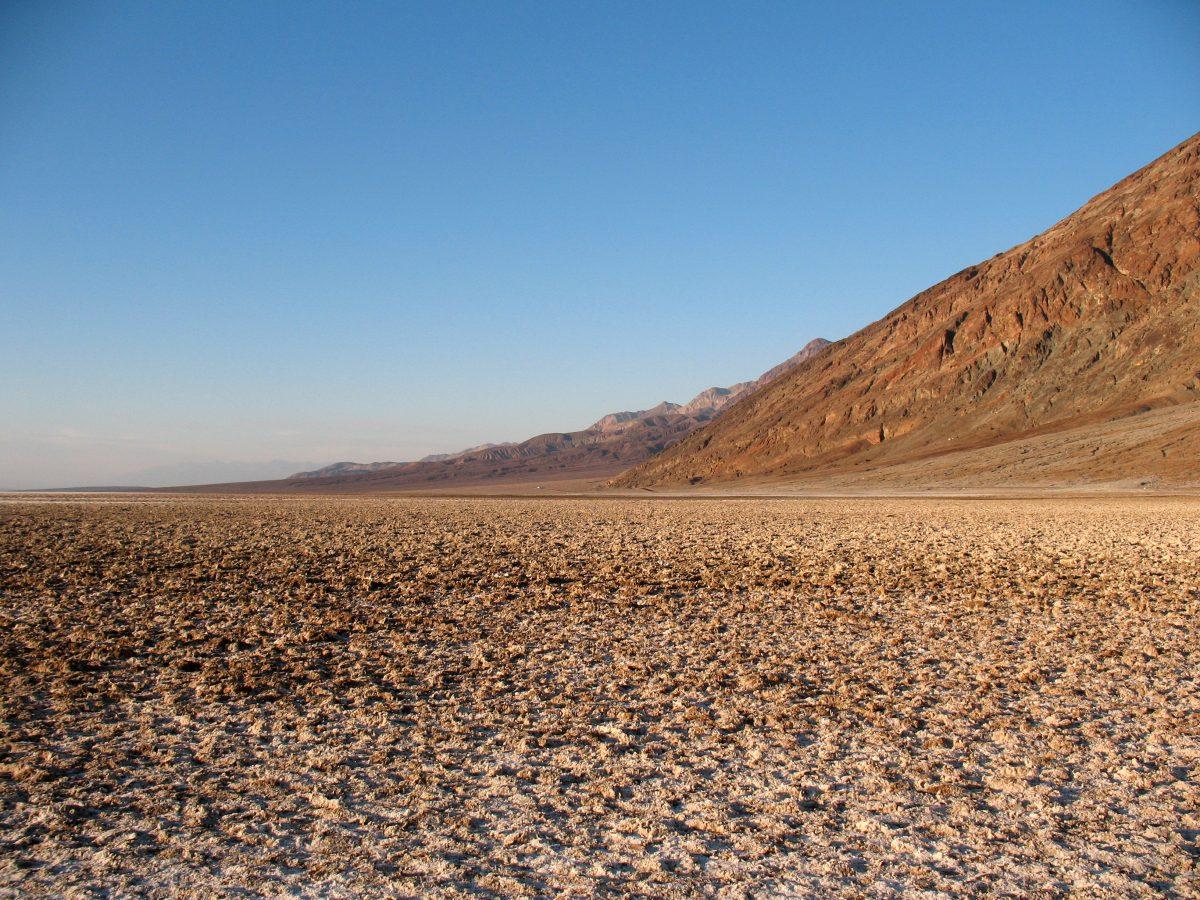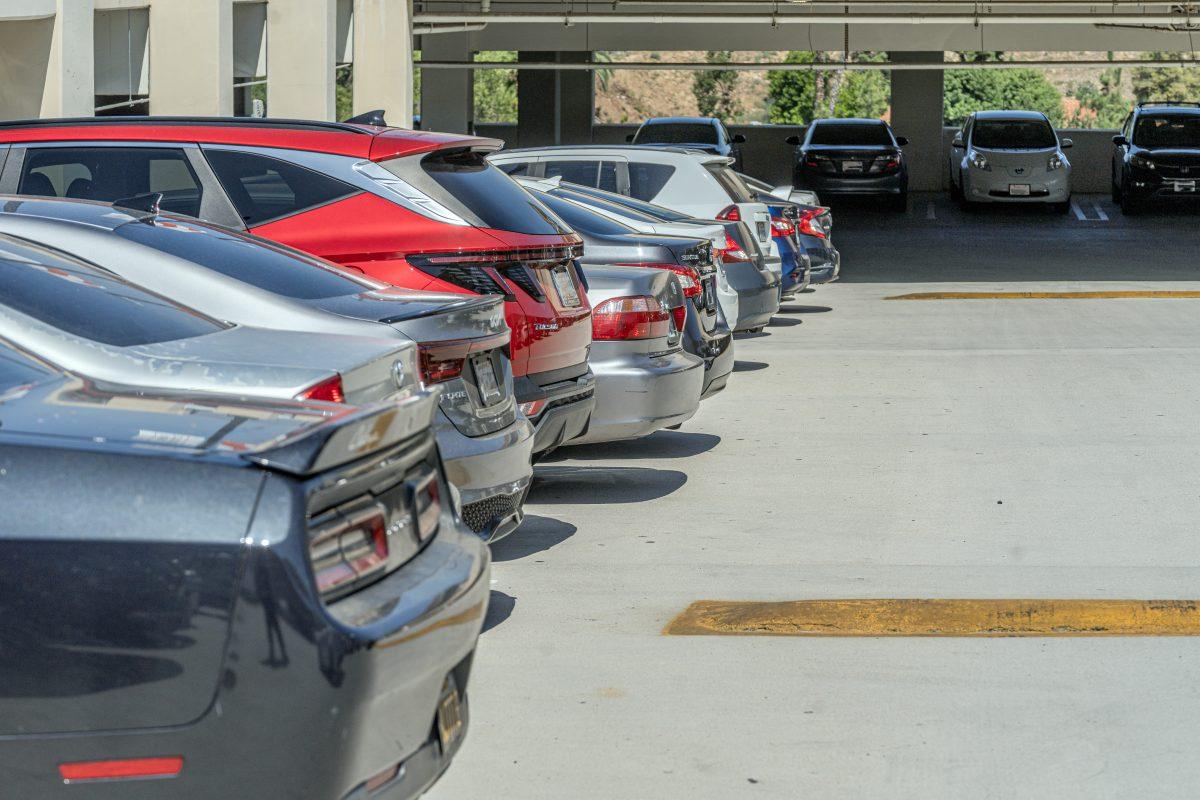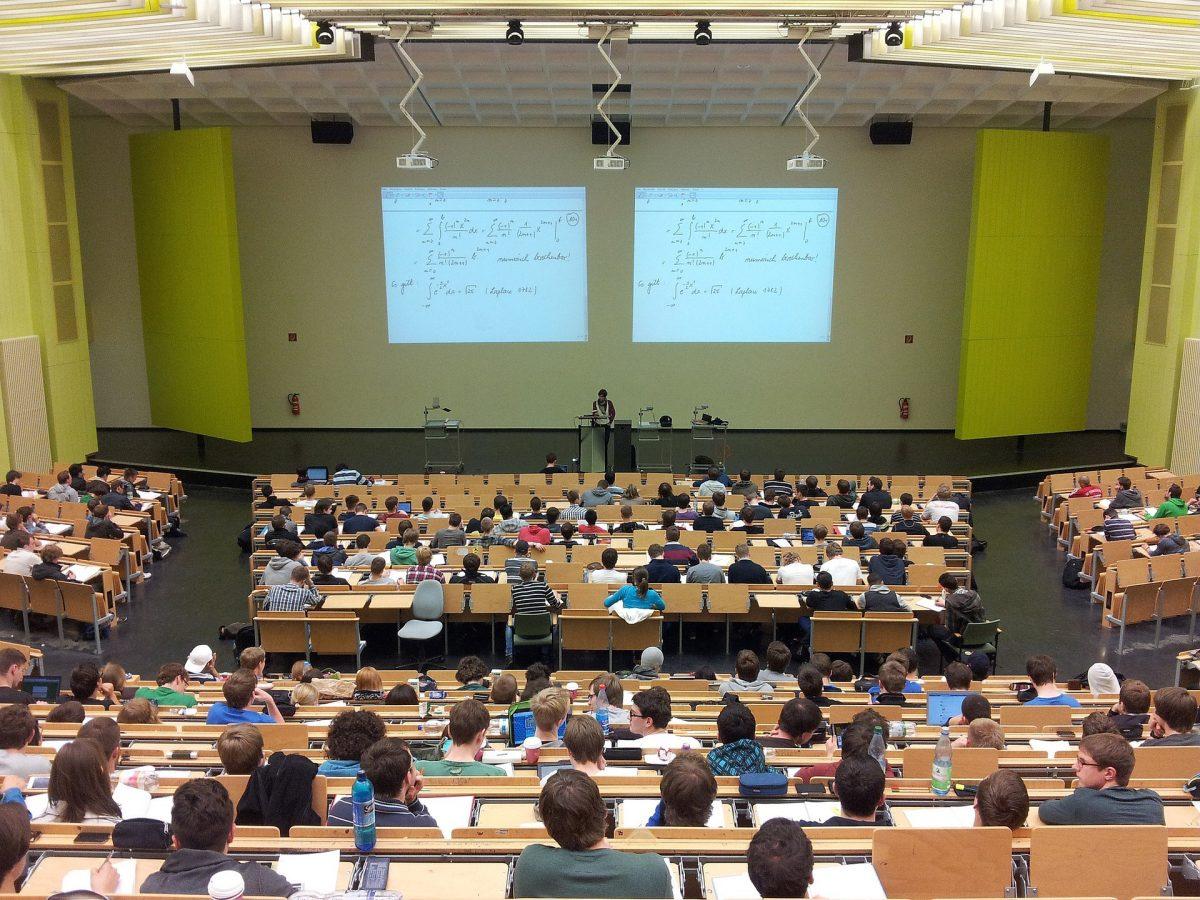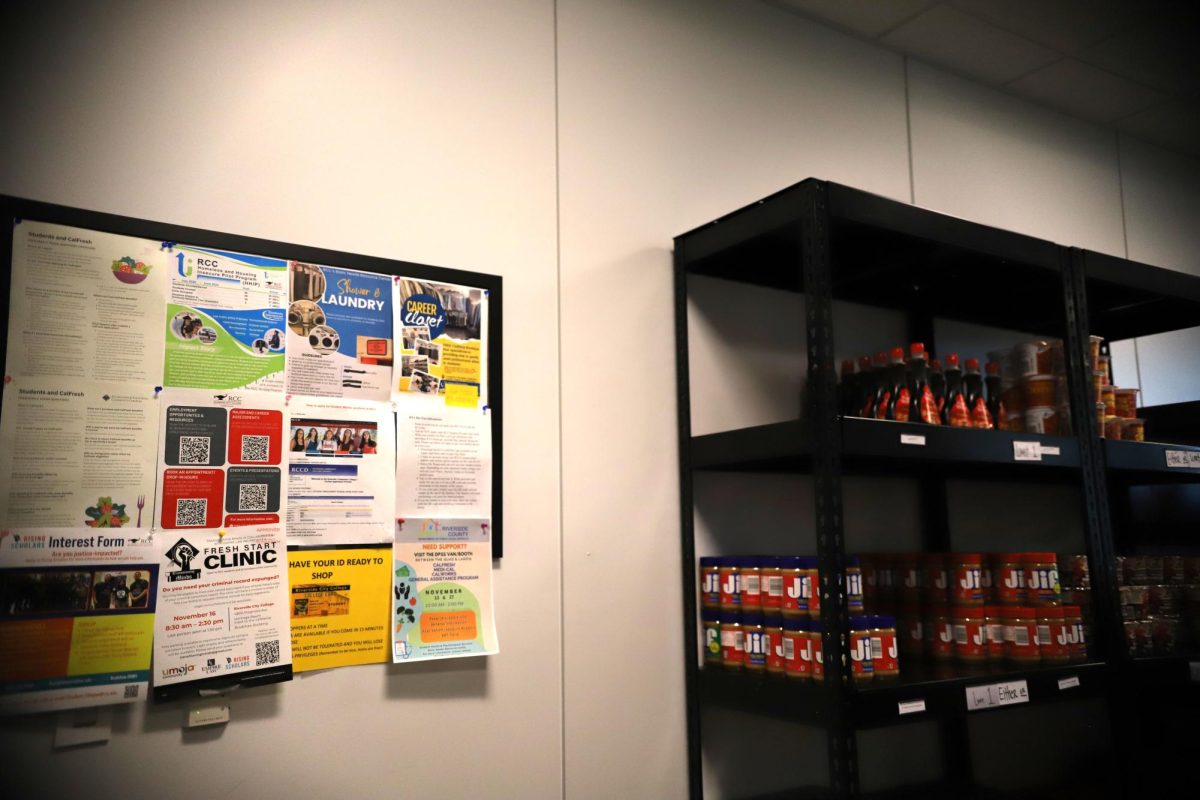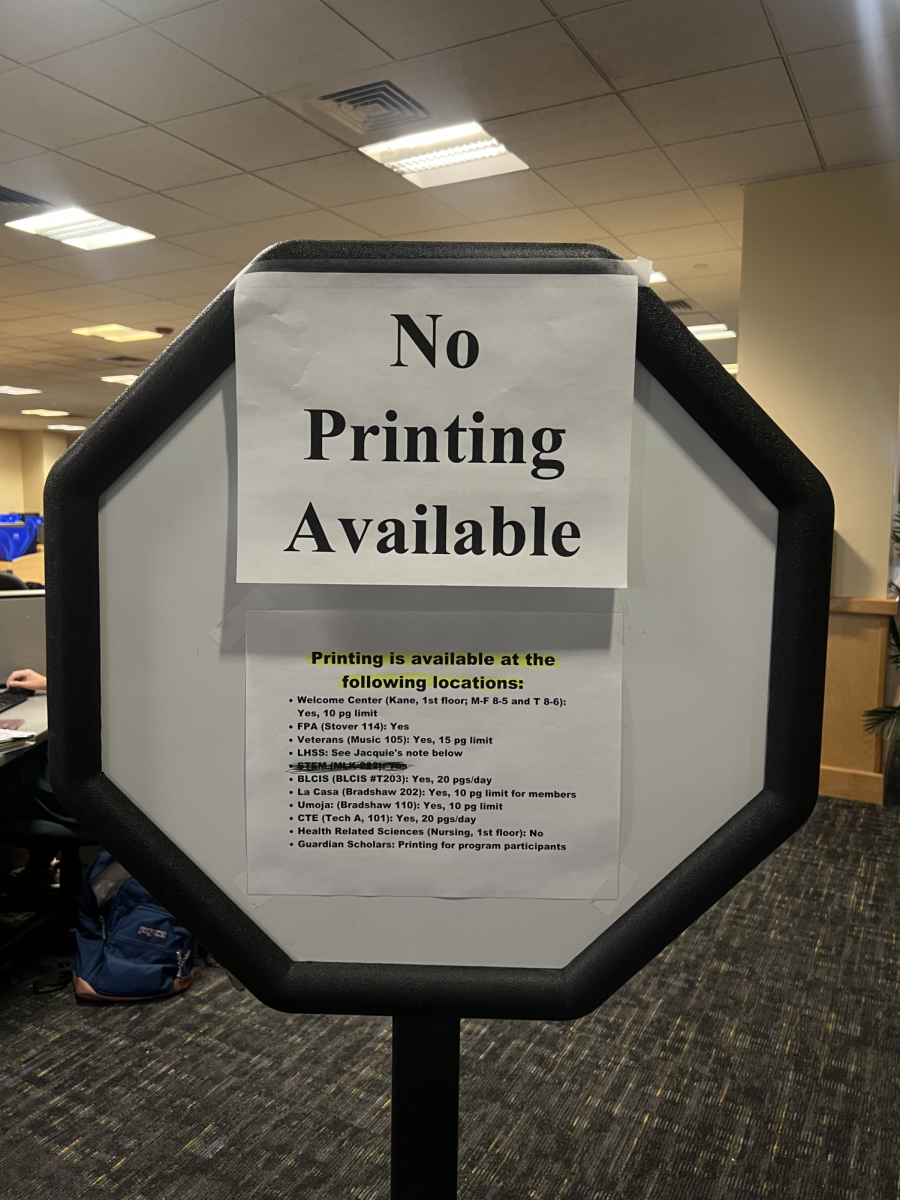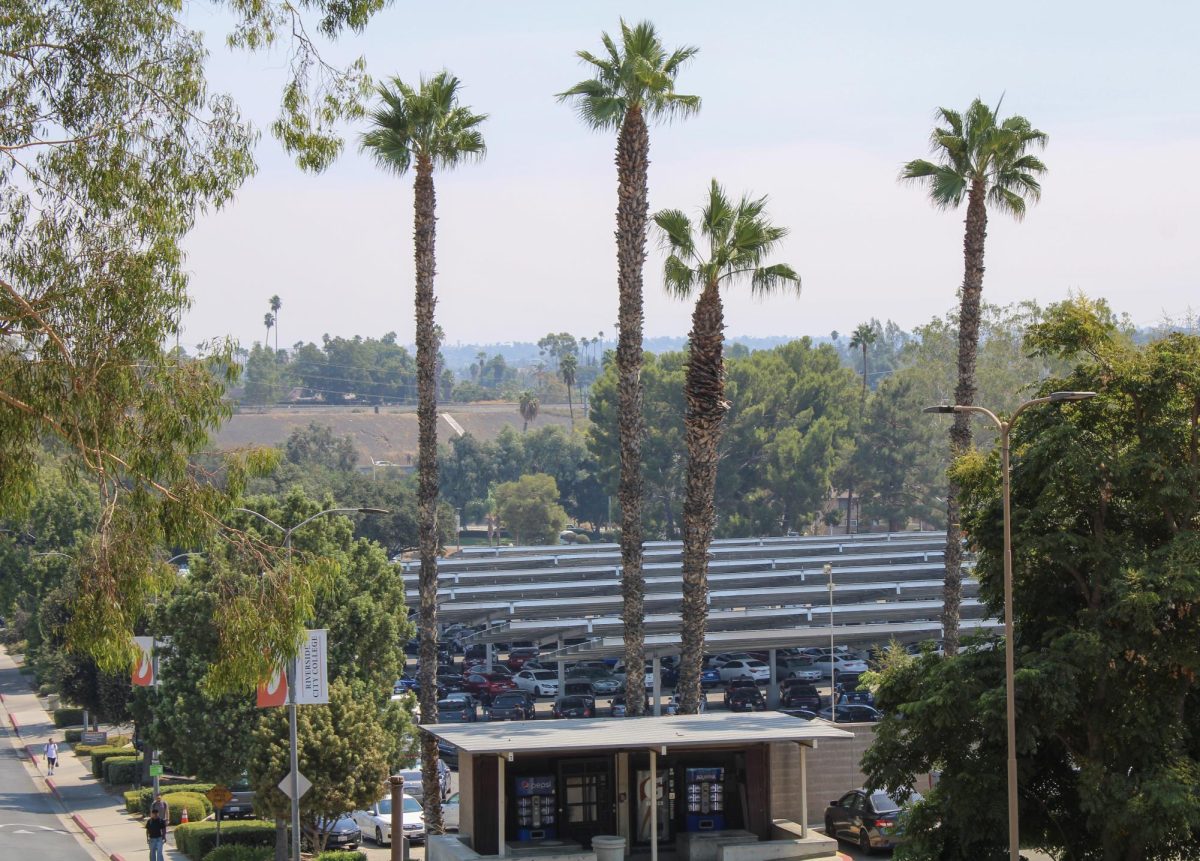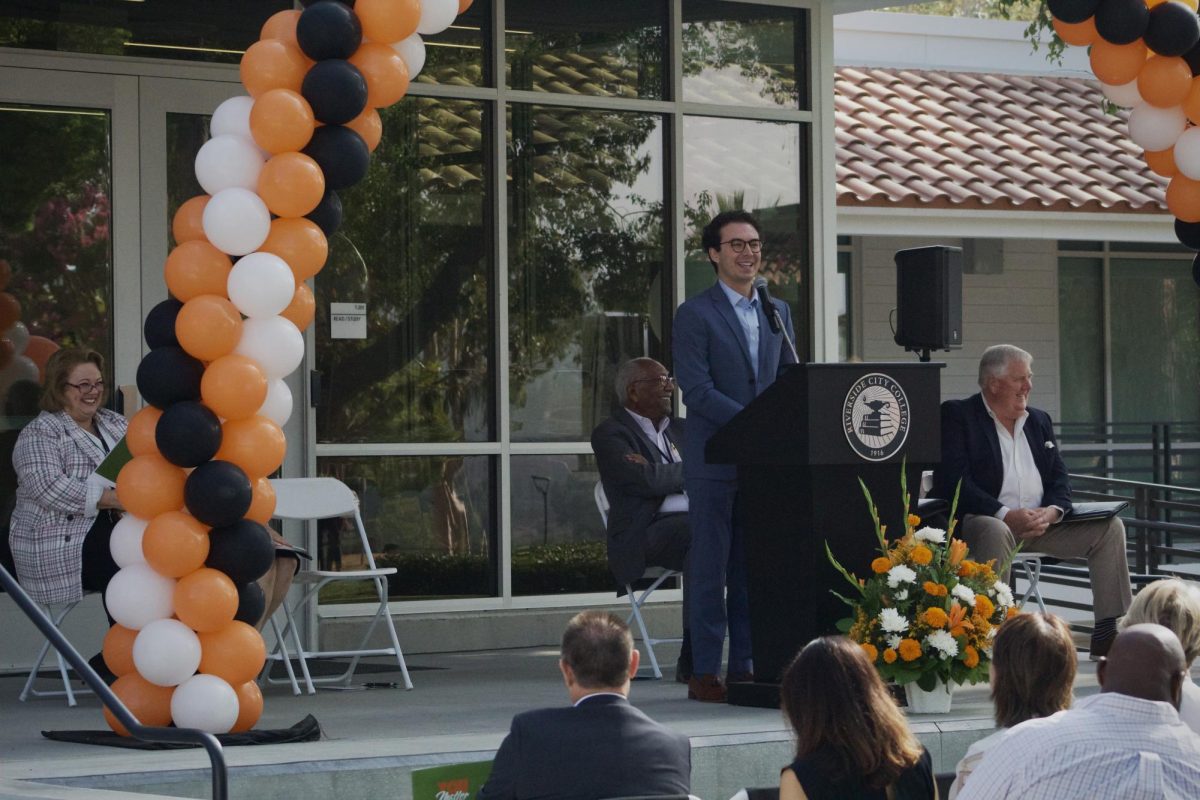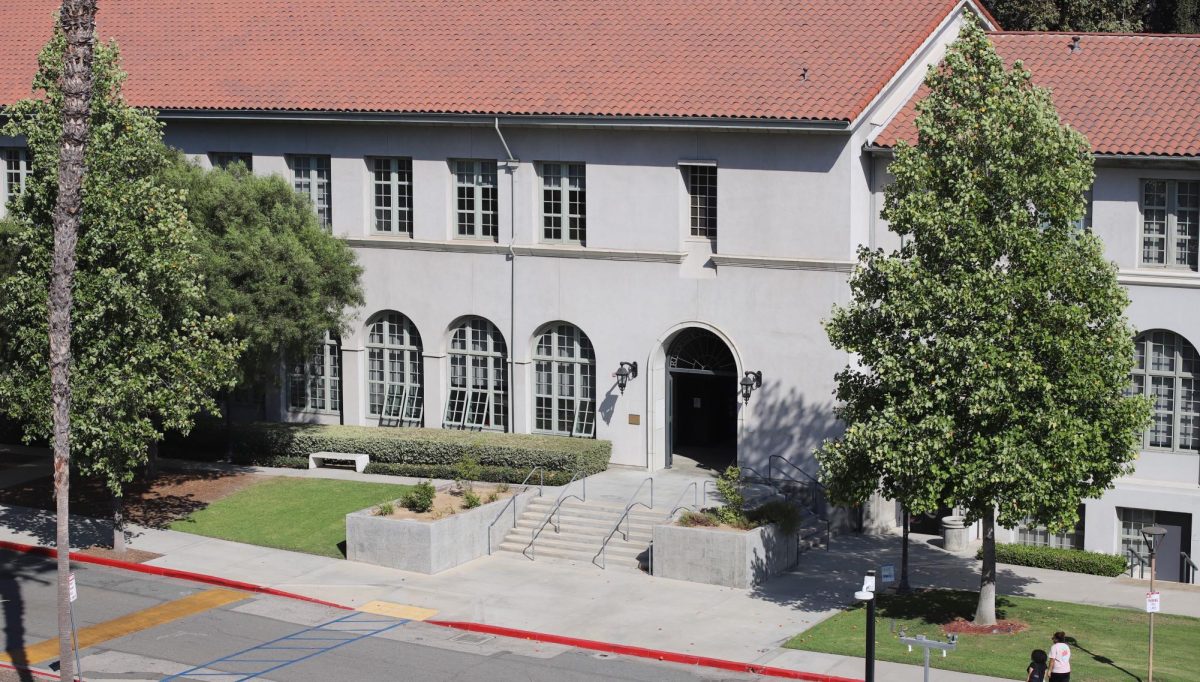The grueling California drought is seemingly over. However, water conservation is still an important topic that should not be brushed to the side in light of this news.
The announcement came March 14 when the United States Drought Monitor released a report that declared California drought free for the first time since the drought began in 2011.
These reports have created a notion that the whole state has now recovered. The real story, however, is that only the northern part of California has recovered from the severe drought.
Southern California, although it has been experiencing a super bloom of flowers due to an abundance of rain, isn’t completely out of the drought yet. The same map from the monitor shows that parts of Riverside County, Orange County, San Diego County and Imperial County are still labeled as being “abnormally dry.”
Last year, Southern California suffered severe heat waves that only seemed to exacerbate the hopelessness brought on by the long term drought. By 2019, the region received several rain storms over the span of two months, causing barren land to turn into lush green landscapes in what seemed to be only days.
We, the Viewpoints Editorial Board, believe it will take a concentrated effort from state and local officials to ensure that water conservation remains a priority.
While California is no stranger to droughts, the most recent drought was especially dicey due to the rising dangers of global warming intensifying the effects of a drought. Rising temperatures dry the soil faster and cause more rapid evaporation from streams and reservoirs so they did not need any research to tell them that the drought was probably worse because of the warming trend over the past century. The challenge has been to quantify how much worse.
A 2015 report conducted by the University of California, Davis, projected that the drought would cost the state’s economy $2.6 billion with much of that pain being suffered by the state’s farming industry.
According to a draft of Riverside City College’s financial plan, the college has done its part to conserve water by making the campus as water efficient as possible.
For example, instead of traditional sprinklers, the college installed drip systems in the plant beds that deliver more water and minimize evaporation and runoff.
Another huge water saver is the field at Wheelock Stadium. Unlike other football fields that have traditional sod that needs to be heavily watered, Wheelock Stadium has 100 yards of artificial turf.
The college has also designed the landscape of the newly built Charles A. Kane Student Services Building with rocks and plants that don’t need as much water to survive. This is in line with the recommendations of state officials who have regularly encouraged the conversion to a desert landscape and have even issued rebates to homeowners and buisnesses who convert to these water efficient landscapes.
The effort for a drought-free California is still ongoing and will take a continued dedication on the parts of everyone in California to protect the state from another drought.

